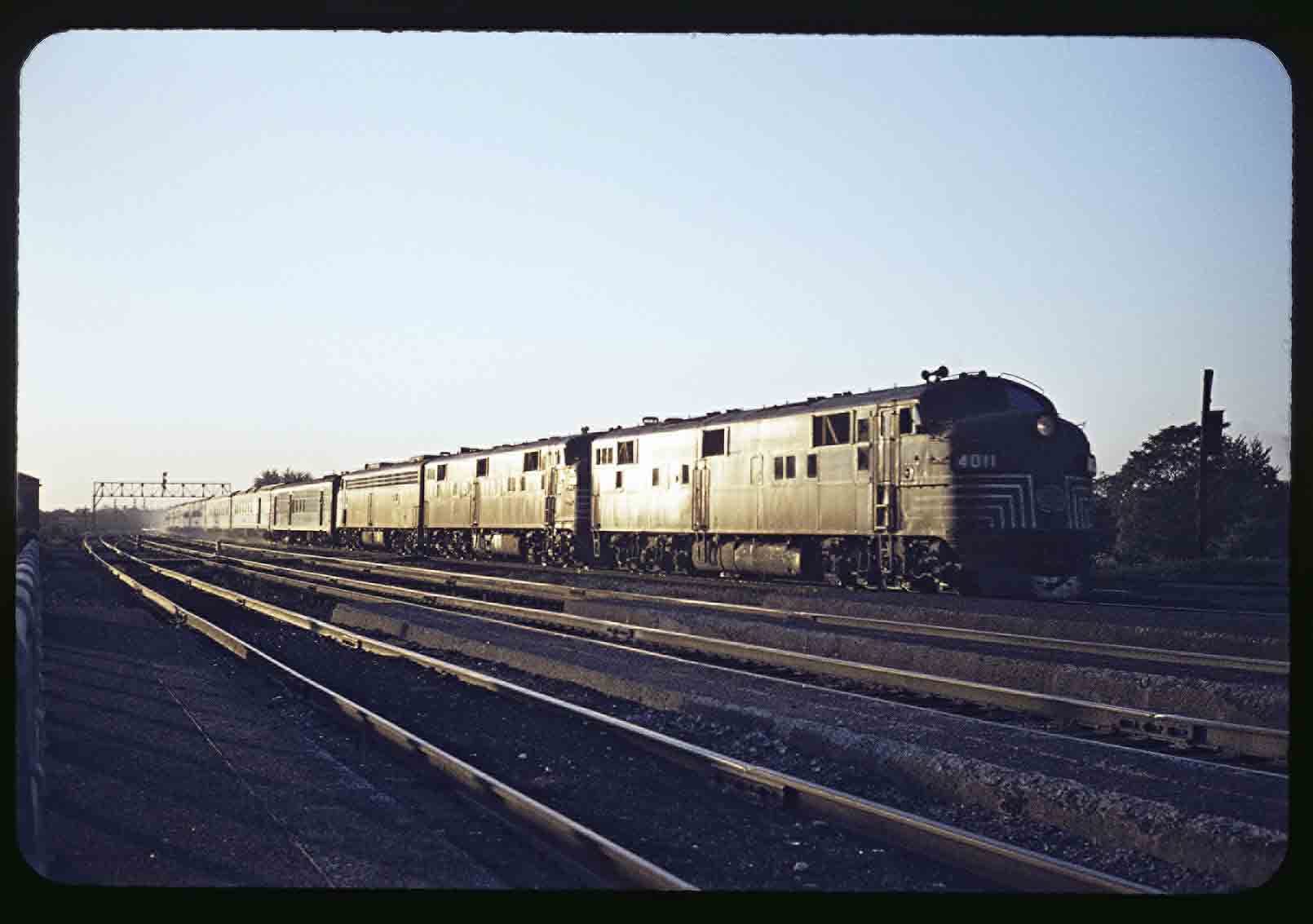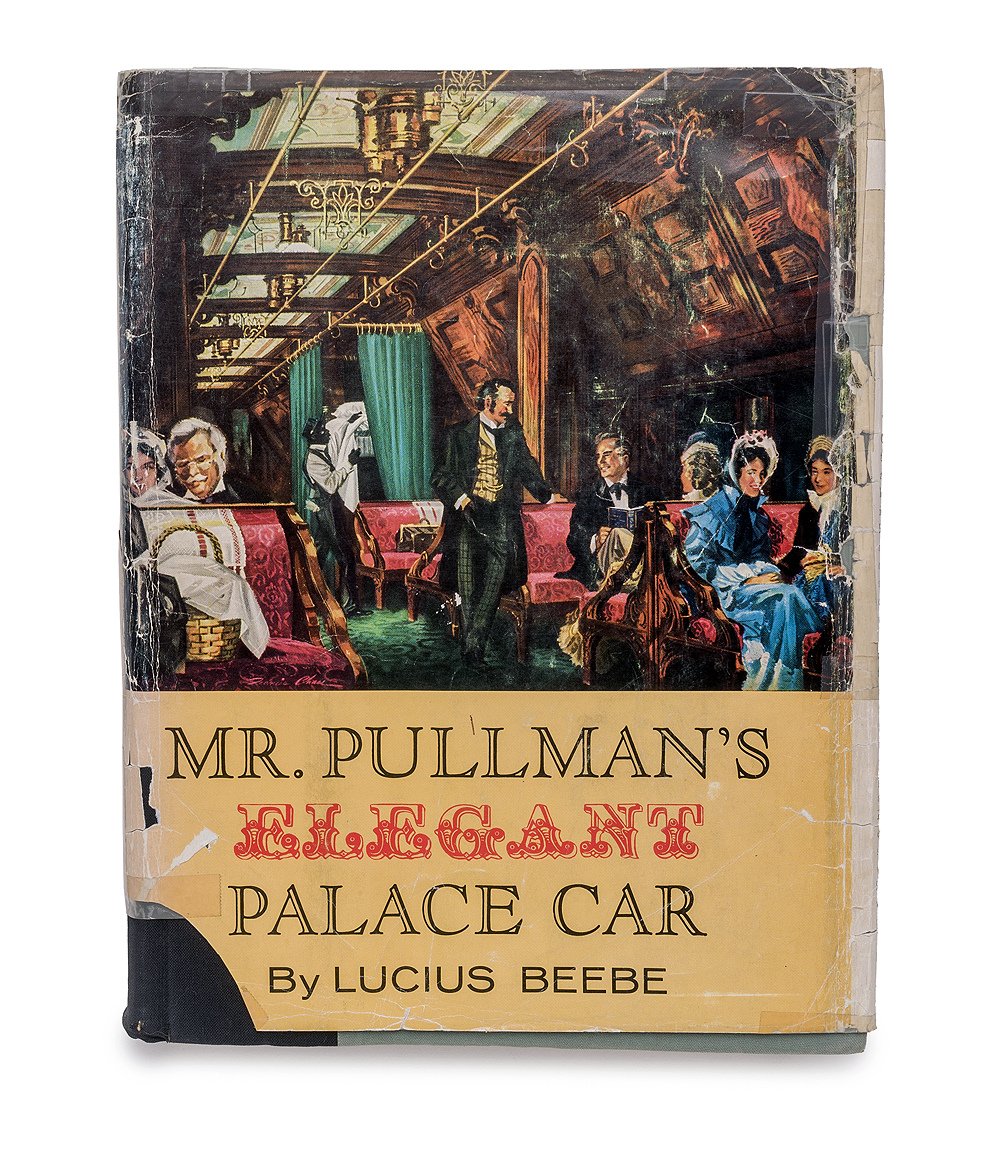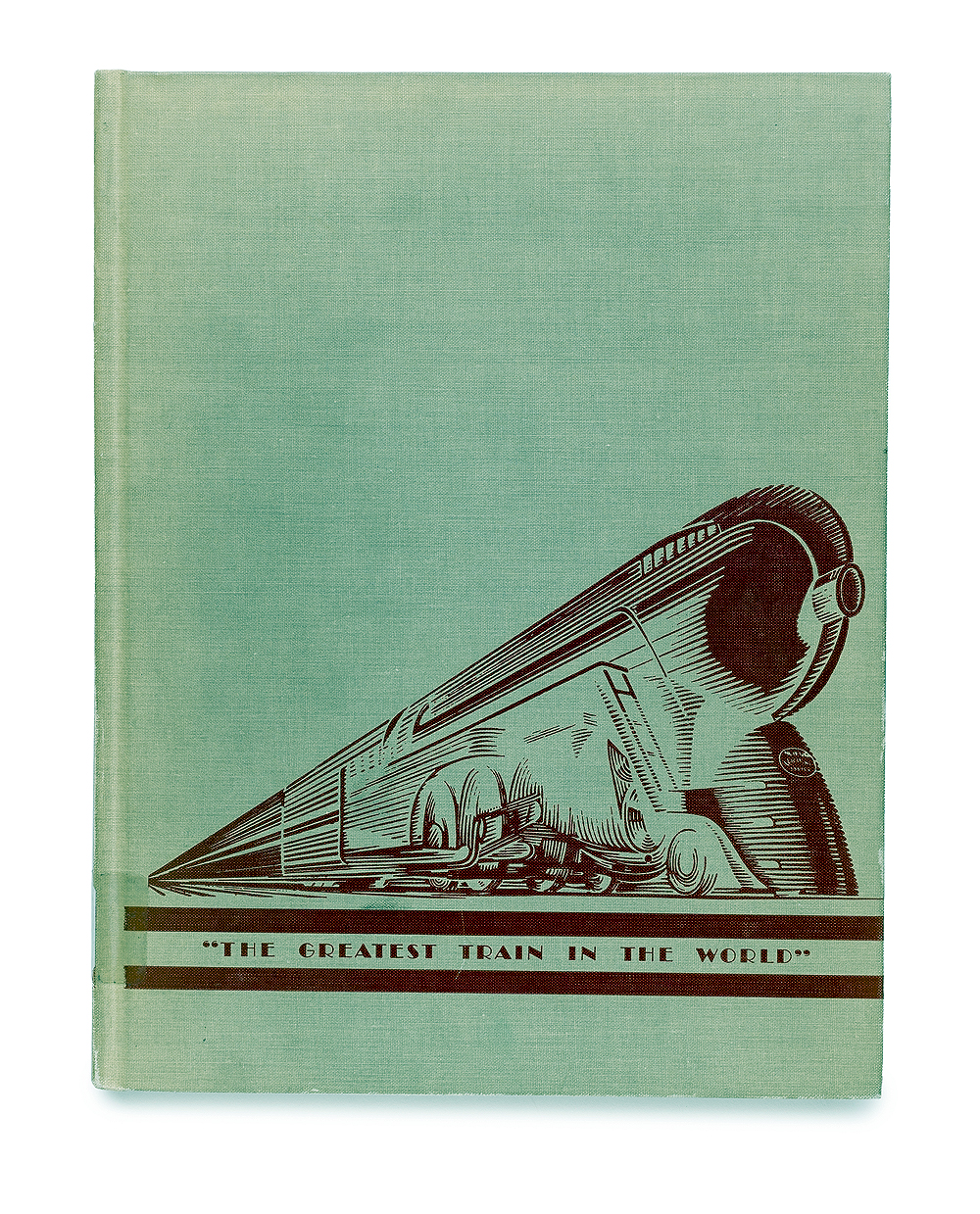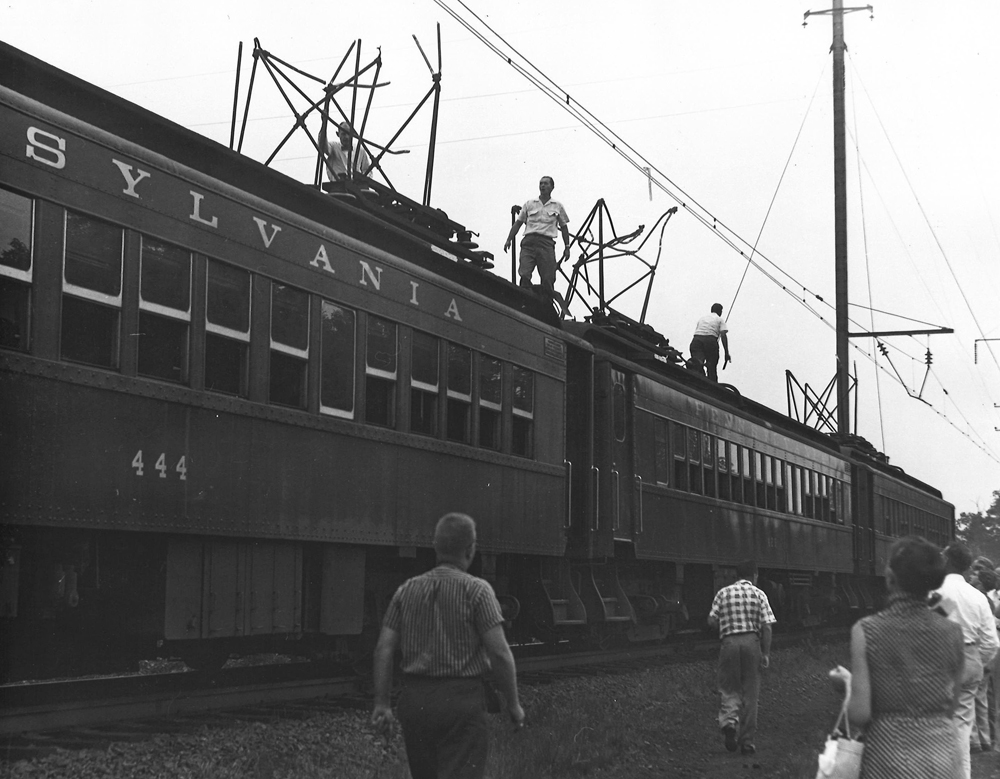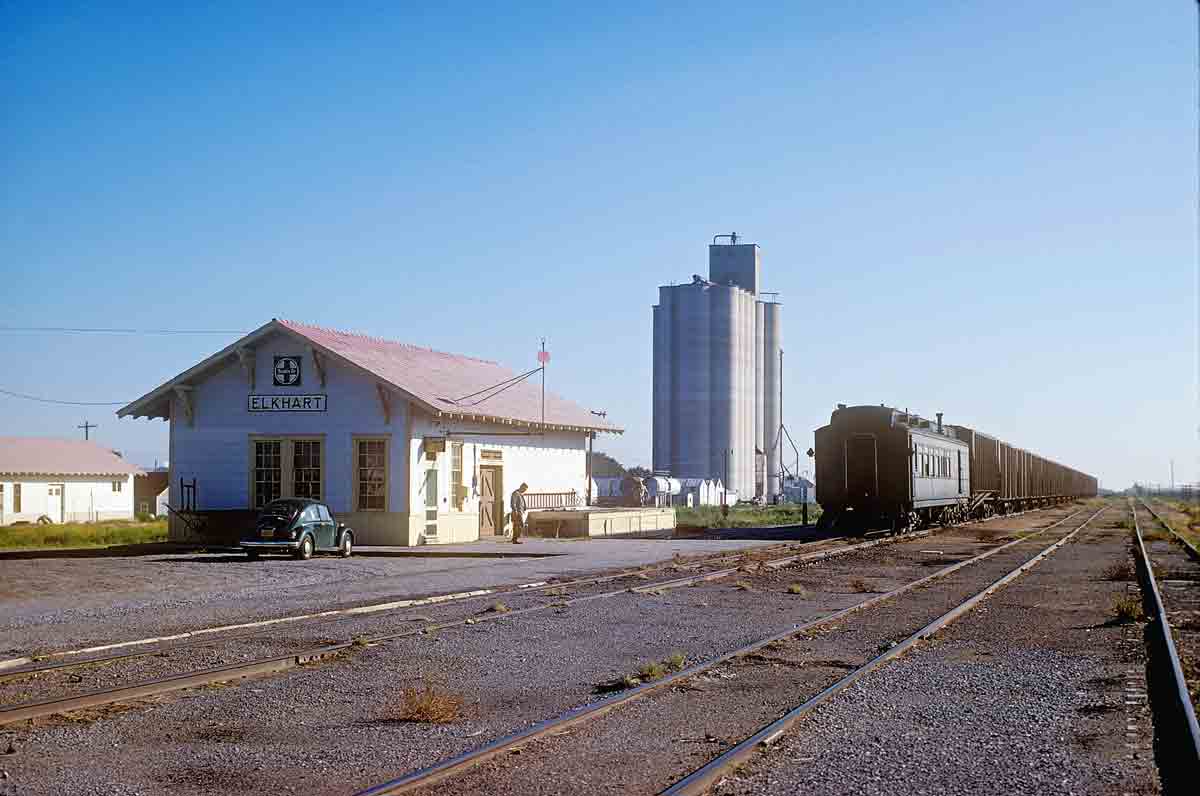My uncle, an NYC maintenance-of-way section foreman, called my father, a section laborer, to go guard the crossing at Railroad Street in Frankfort. That meant directing auto traffic, shoveling any snow off the rails, and being attentive to any emergencies that might arise. As a railroad family, we were used to such calls. Dad bundled up and left for the crossing. Mom, in the meantime, prepared a bag of food in case Dad would be gone a while, and directed me to take the bag of food to Dad at the crossing. The “bag of food” could feed a small army!
There had been a snowfall that day, which made driving hazardous and played havoc with the railroad. When I arrived that evening, Dad was busy keeping the rails clear of snow and directing traffic. Wally Fellows, the local freight agent and block operator, was copying Form 19 train orders, which the dispatcher was dictating to him over a wayside telephone. Wally, knowing I was a railfan, told me that No. 15, the Ohio State Limited, had just passed. Just my luck! But the dispatcher said another westbound was en route. The train’s location was South Little Falls. I glanced at my watch: it was 11:37 p.m.
Eventually we saw the glow of a headlight toward the east. The train pulled up to the crossing and stopped, waiting for its orders; it was a passenger train. Wally handed me the orders and told me to give them to the engineer. Without looking at the sheets, I ran a few feet and handed them up to him. In a few minutes the diesels roared to life. As the train passed, I started making notes: Engines 4013, 4005 (both E7’s), and a third E unit whose number I could not discern; a Railway Post Office car; a combination baggage-passenger car; three coaches; a lounge; a diner; 10 sleeping cars; and, bringing up the rear, a tapered-end observation car. To my astonishment, I had just handed up train orders to No. 25, the 20th Century Limited herself!
Its Hudsons may have given way to E units and its all-Pullman consist may have now included coaches, but NYC 25 was still elegant, still regal, still the Century.
First published in Summer 2003 Classic Trains magazine.
Learn more about railroad history by signing up for the Classic Trains e-mail newsletter. It’s a free monthly e-mail devoted to the golden years of railroading.





